In this blog post we’ll go over some of the benefits to installing on-machine probing to your CNC machines.

What is probing?
Probing is the process of measuring the physical geometrical characteristics of a CNC machine or machined part in a X, Y & Z motion, capturing that data and translating it to the CNC machine for offset information or part geometry inspection. It enables programmers and machinists to establish best practice for maximizing the efficiency, quality, capability, and accuracy of machine tools. Many modern CNC machine tools have standard routines built into the CNC controls to simplify the integration of probing cycles into machining operations and offline tools. These routines, combined with a CAD interface, make the simulation of measurement functions easy.
The Old Way
Using shim stock, or in most cases a piece of paper, and entering offset data manually takes time and is prone to operator error. Tool setting probes are easily installed on machining centers and CNC turning centers allowing automated operation with the following benefits:
- Significant time savings with reduced machine downtime
- Accurate tool length and diameter measurement
- Automatic tool offset calculation and correction
- Elimination of manual setting errors
- In-cycle tool breakage detection
- Reduced scrap
On-machine probing offers a number of advantages. Tool setting for accurate tool lengths and diameters saves machine setup time and gets parts done faster. Probing routines using a touch-trigger probe installed in a machine’s spindle can speed setups. They establish the exact location of a workpiece fixtured on a machine so the part program can be aligned to it, resulting in more consistent parts off the machine. This type of probing can also be applied in a more sophisticated manner for in-process control using part measurement data to automatically apply cutter compensations. Many large machine shops and some smaller progressive shops have been doing this for years. For this, equipment is key to success. For example, most Fanuc Robodrills come with Renishaw probing as an option. If you have the option, take it. Renishaw is the world leader in probing hardware for its reliability and ease of use. Even if you only use it for tool setting and part location, you’ll save time in setups and produce more accurate and consistent parts time and time again.

What Is Tool Setting?
Tool setting measures the size of tools before cutting starts, and inputs the data into the machine tools offsets. You can also use this feature for checking tool damage or breakage during the machining operation.

Save time. Reduce scrap.
For long run jobs that are unattended, in-process tool checking and gauging tackles variations that are inherent to machining, such as tool wear and temperature variations. This provides intelligent feedback to the process and decision-making as machining progresses. These are active controls that are applied during metal cutting and you would need a modern CNC machine tool to accomplish this.
Broken tool detection recognizes the following:
- Presence of a tool
- Tool position – to ensure pull-out has not occurred
- Broken and/or chipped tool edges
In-process gauging allows the following:
- Metal cutting to adapt to variations in the machining process such as part distortion, tool deflection, and thermal effects.
- Updating of co-ordinate systems, parameters, offsets and logical program flow, depending on actual material conditions.
With all the advantages that on-machine probing gives you, it’s easy to see how probing makes machining better from start to finish. As any machinist can tell you, if you start on the right foot you finish with a good product.
For more information on our probing product, please click the button below.



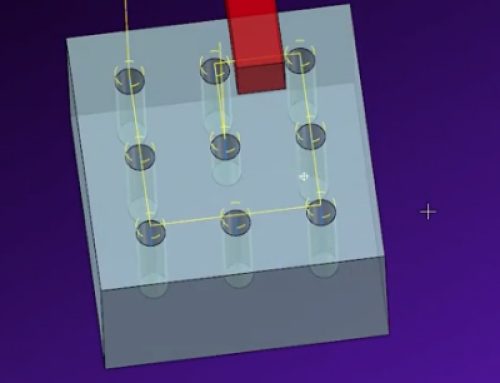
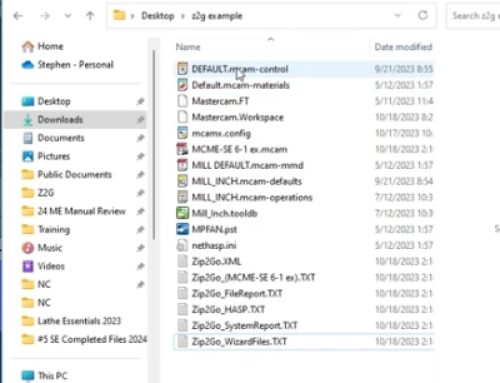
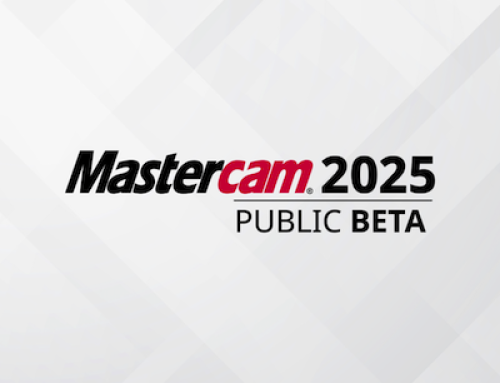
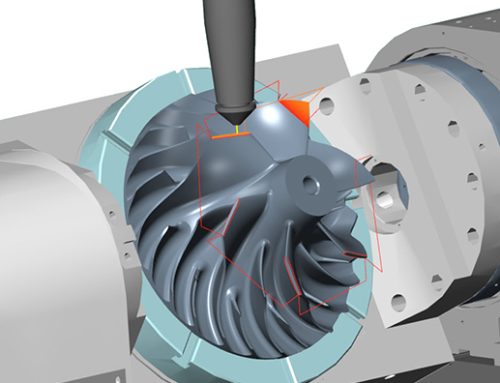
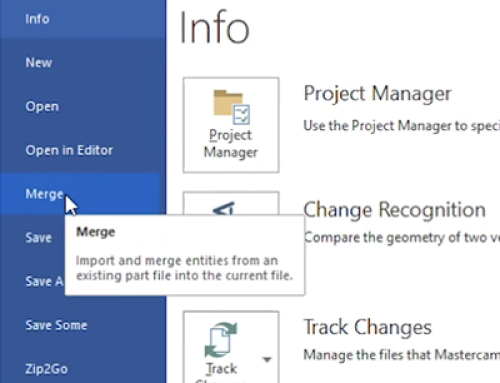
Leave A Comment